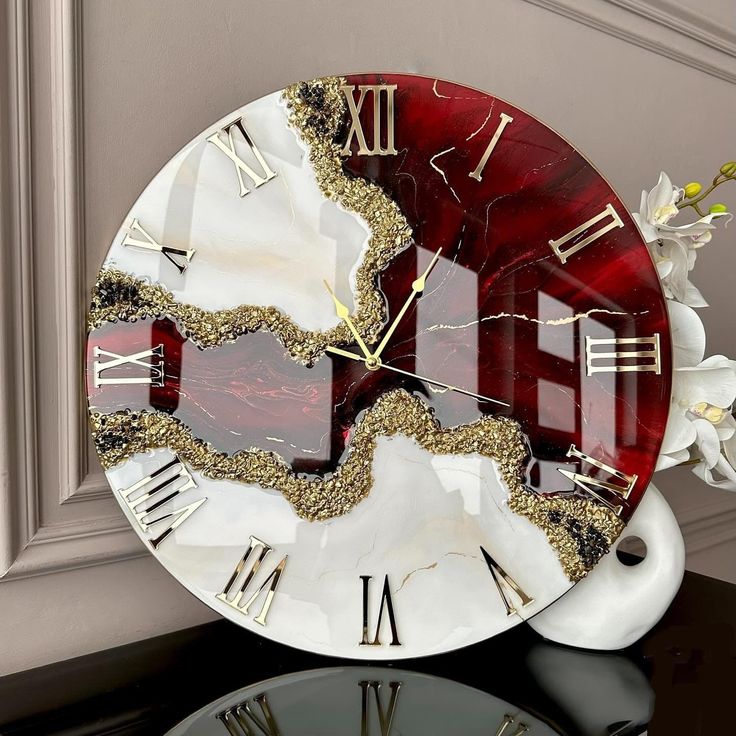Resin has become a household name in the world of crafting, construction, and even art. What was once a niche material is now celebrated for its versatility and durability. Whether you’re creating stunning jewelry or building robust furniture, understanding resin can open up countless creative avenues.
But with so many types available, how do you know which one to choose? From flexible polyurethane resins to rigid epoxy options, each type brings something unique to the table. Let’s dive into the fascinating world of resin and explore the different varieties that cater to various needs and projects. Your next masterpiece awaits!
Understanding the Different Types of Resin
Resin comes in various types, each with its unique characteristics. This diversity allows artists and manufacturers to choose the best option for their projects.
resin shop is popular for its excellent adhesive properties. It cures hard and clear, making it ideal for coatings and crafts. Many use it in woodworking or creating jewelry.
Polyester resin is another common choice. Often used in fiberglass applications, it’s less expensive but has a stronger odor during curing.
Acrylic resin stands out for its clarity and UV resistance. It’s often found in clear castings where aesthetics matter most.
Polyurethane resin offers versatility with flexibility after curing. This makes it perfect for molds that require durability without brittleness. Each type of resin serves different needs across industries, from art to construction.
Polyurethane Resin
Polyurethane resin is a versatile material known for its durability and flexibility. It can be found in various forms, including rigid foams, flexible foams, and elastomers. This adaptability makes it popular among manufacturers.
One of the standout features of polyurethane resin is its resistance to abrasion and impact. These qualities make it an ideal choice for protective coatings and seals. Additionally, it has excellent adhesion properties that allow it to bond well with different surfaces.
Another advantage lies in its ability to withstand harsh environmental conditions. Whether exposed to UV light or extreme temperatures, polyurethane maintains its integrity over time.
Crafting with this resin is also straightforward; artists appreciate how easily they can manipulate it into intricate designs or molds. Thanks to these attributes, polyurethane resin finds application across countless industries—from automotive components to home décor items.
Comparing the Strengths and Weaknesses of Each Type
Each type of resin boasts its own unique strengths. Epoxy resin is renowned for its durability and resistance to moisture, making it ideal for various applications. It adheres well to different surfaces, ensuring a strong bond.
On the other hand, polyester resin offers quick curing times and is typically more cost-effective. However, it can be less flexible than epoxy and may not withstand extreme conditions as effectively.
Polyurethane resin stands out with exceptional flexibility and scratch resistance. This makes it suitable for projects requiring a little give without sacrificing strength.
Yet, each has weaknesses too. For instance, epoxy can take longer to cure in cold temperatures while polyester might emit harmful fumes during application.
Understanding these nuances helps you choose the right resin for your needs while being aware of potential limitations along the way.
Popular Uses for Each Type of Resin
Resins play a crucial role in various industries, with each type serving specific purposes. Understanding their applications can help you choose the right one for your project.
Polyurethane resin is commonly used in furniture and automotive industries. Its flexibility makes it ideal for creating durable coatings and adhesives. Many people also use polyurethane for casting intricate sculptures or art pieces due to its clarity.
Epoxy resin shines in construction and repair work. It’s perfect for filling gaps, bonding materials, or even crafting stunning river tables that have become quite popular lately. Its resistance to chemicals further enhances its appeal, making it a go-to option among builders and DIY enthusiasts alike.
Acrylic resin finds its place in the world of arts and crafts as well as signage production. Artists love working with this material because it dries clear and offers vibrant colors when mixed with pigments.
Each type of resin has unique strengths that suit different needs across various fields—from industrial applications to artistic endeavors—allowing users to tap into their creativity while ensuring durability and performance are never compromised. Exploring these options opens up countless possibilities for innovative projects!
















